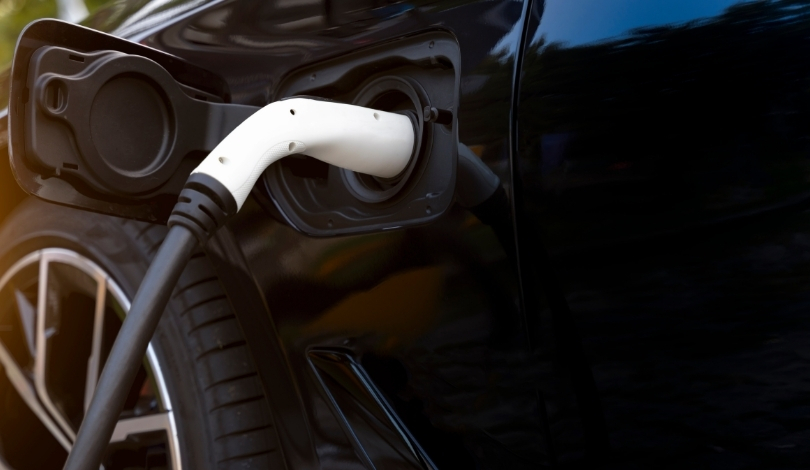Electric vehicles are poised to reshape urban transportation, and Kite Mobility is leading the charge. The Toronto-based startup integrates electric vehicle hubs into residential buildings, aiming to decrease dependence on personal cars. By offering bikes, scooters, and electric cars from prominent brands like Tesla, BMW, and Volvo through a user-friendly mobile app, Kite Mobility seeks to enhance urban living and promote sustainability.
Previous initiatives emphasized individual EV ownership, but Kite Mobility focuses on shared access within community spaces. Traditional models often required significant infrastructure investments, whereas Kite leverages existing residential facilities to provide mobility solutions. This approach reflects a growing trend towards shared economy practices in urban development.
How Does Kite Mobility Reduce Urban Congestion?
“This approach just doesn’t make sense,”
said Scott MacWilliam, founder of Kite Mobility. By establishing EV hubs in residential buildings, the startup reduces the necessity for personal vehicle ownership. Residents can rent cars, bikes, and scooters as needed, resulting in fewer parked cars and less street congestion. Additionally, this model lowers the demand for extensive parking infrastructure, freeing urban space for other uses.
What Financial Benefits Do Real Estate Developers Gain?
Real estate developers collaborating with Kite Mobility can significantly reduce costs associated with parking facilities. Developing a single parking spot costs approximately $100,000, totaling up to $50 million for typical parking layers with 400 to 500 spots. By substituting traditional parking with Kite’s EV hubs, developers can allocate these funds to enhance residential amenities.
“This is going to change or facilitate the way that buildings are built going forward, because it’s cutting out a lot of cost, it’s faster time to market and it’s offering a clear and distinct benefit to the end user,”
MacWilliam explained.
Can This Model Adapt to Diverse Resident Demographics?
Kite Mobility customizes its transportation offerings to align with the specific demographics of each building. For instance, younger residents might see more e-scooters and e-bikes, while a retirement home could feature reliable models like the Volvo XC40 instead of high-end Teslas. This tailored approach ensures that mobility solutions are relevant and accessible to all user groups.
“The same problem exists in the U.S. In fact, the same problem exists in most of the developed world,”
MacWilliam stated. As Kite Mobility prepares to expand into the U.S. in 2025, its model of integrated EV hubs could play a pivotal role in addressing urban congestion and advancing sustainable transportation. Active pilots in Canadian cities show promising engagement, positioning the startup to influence urban living standards globally.










